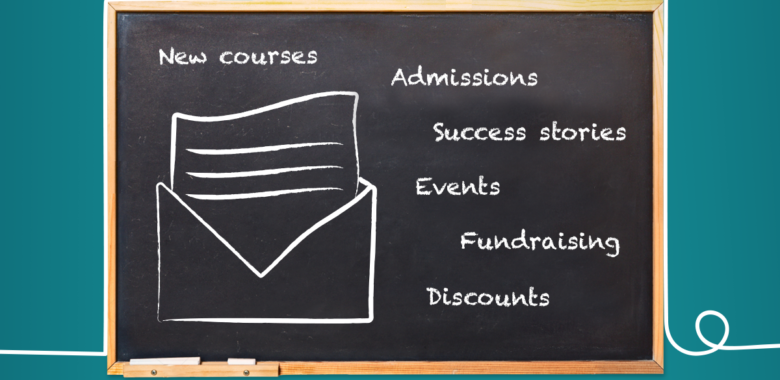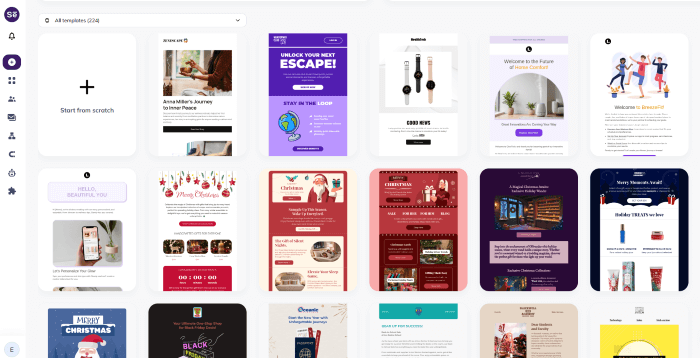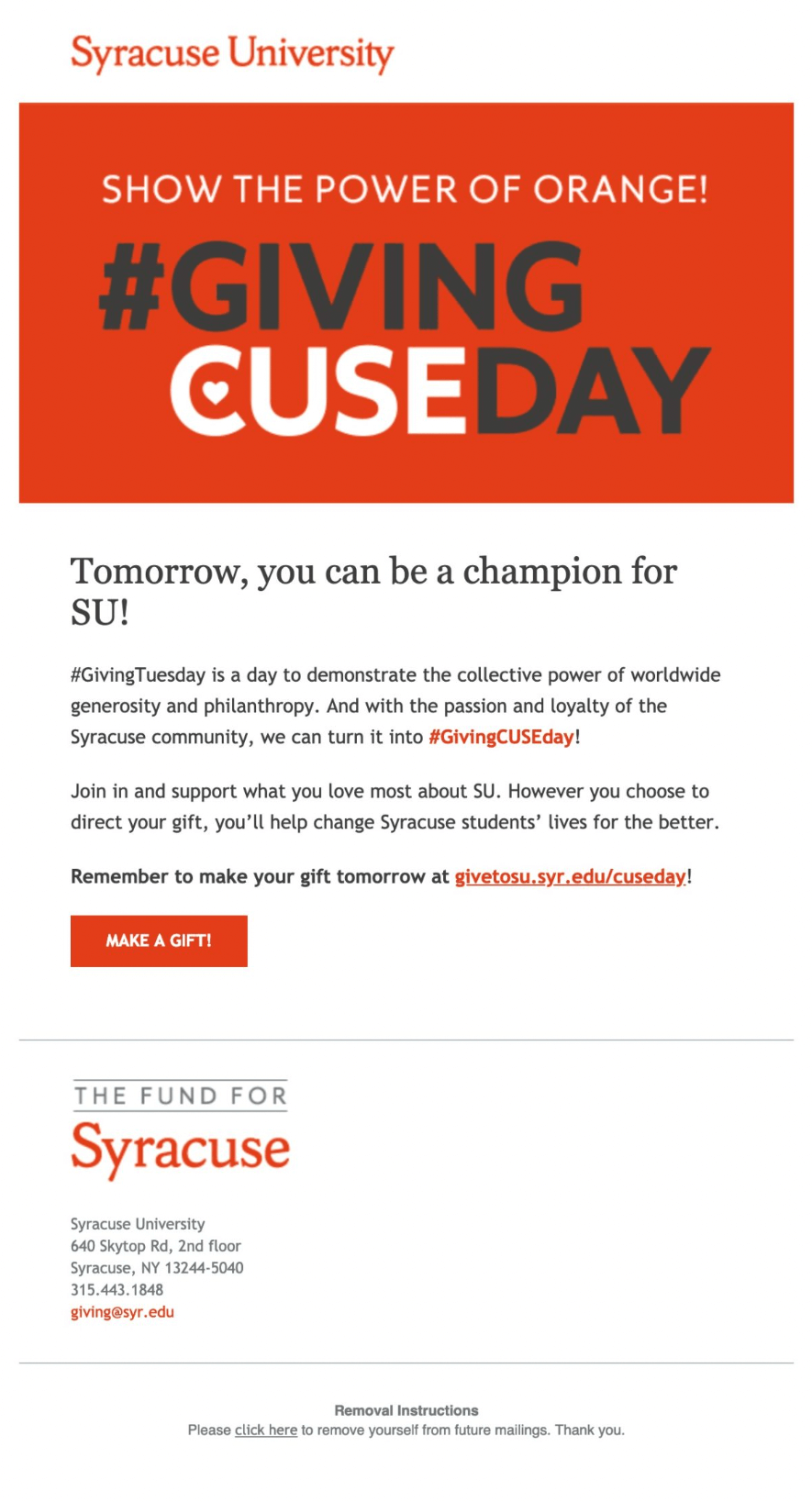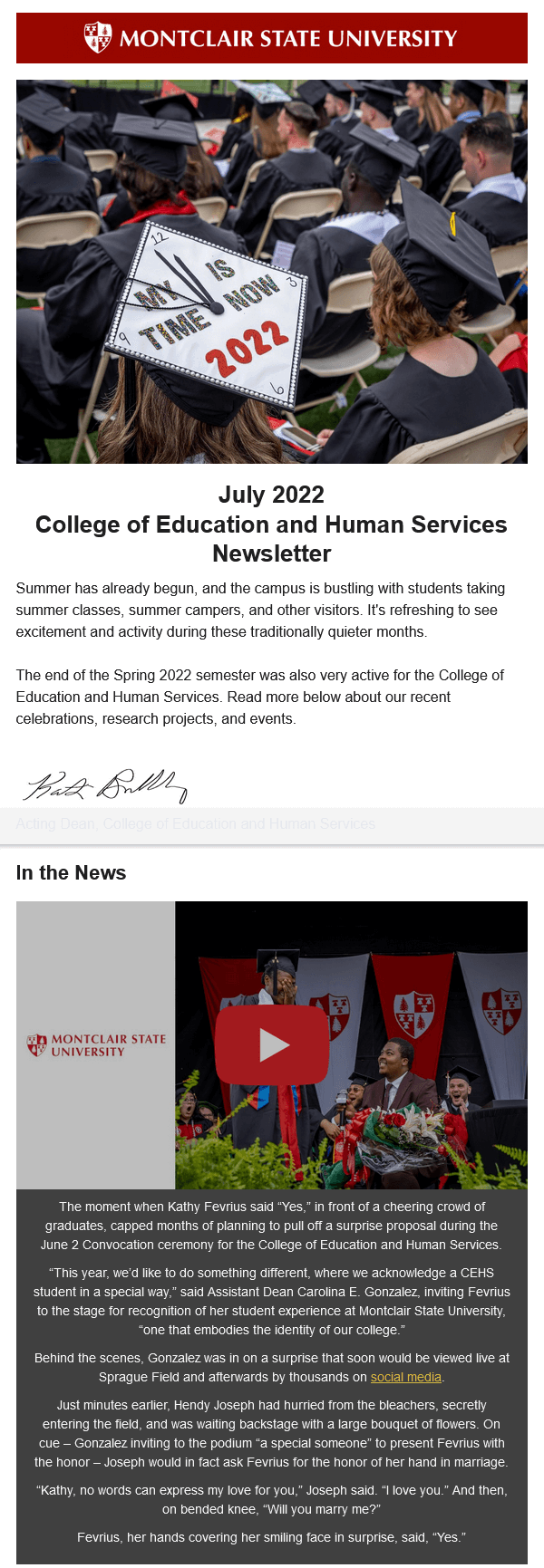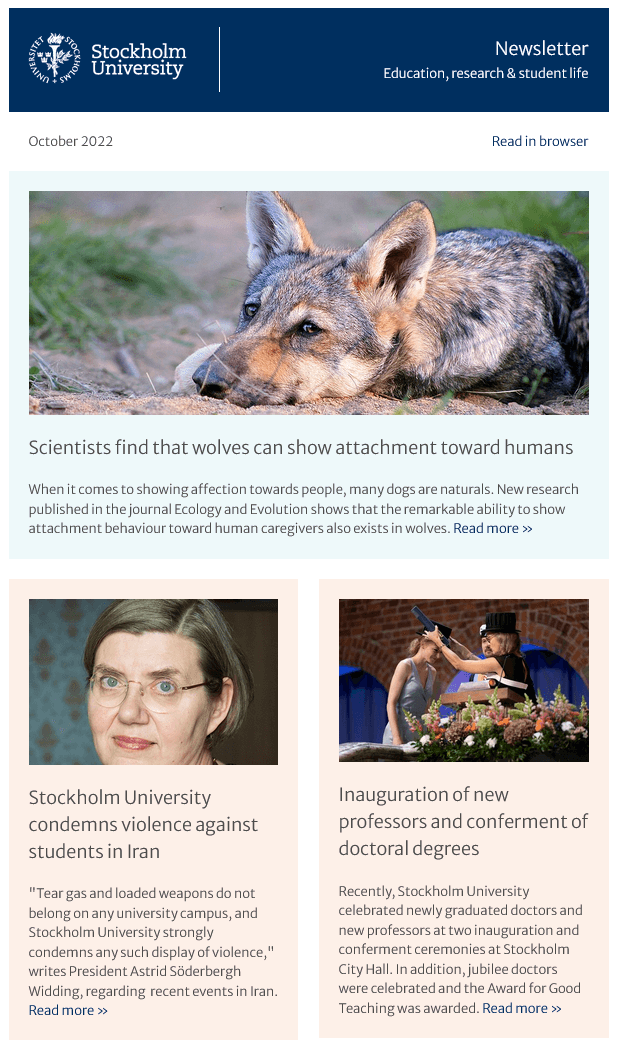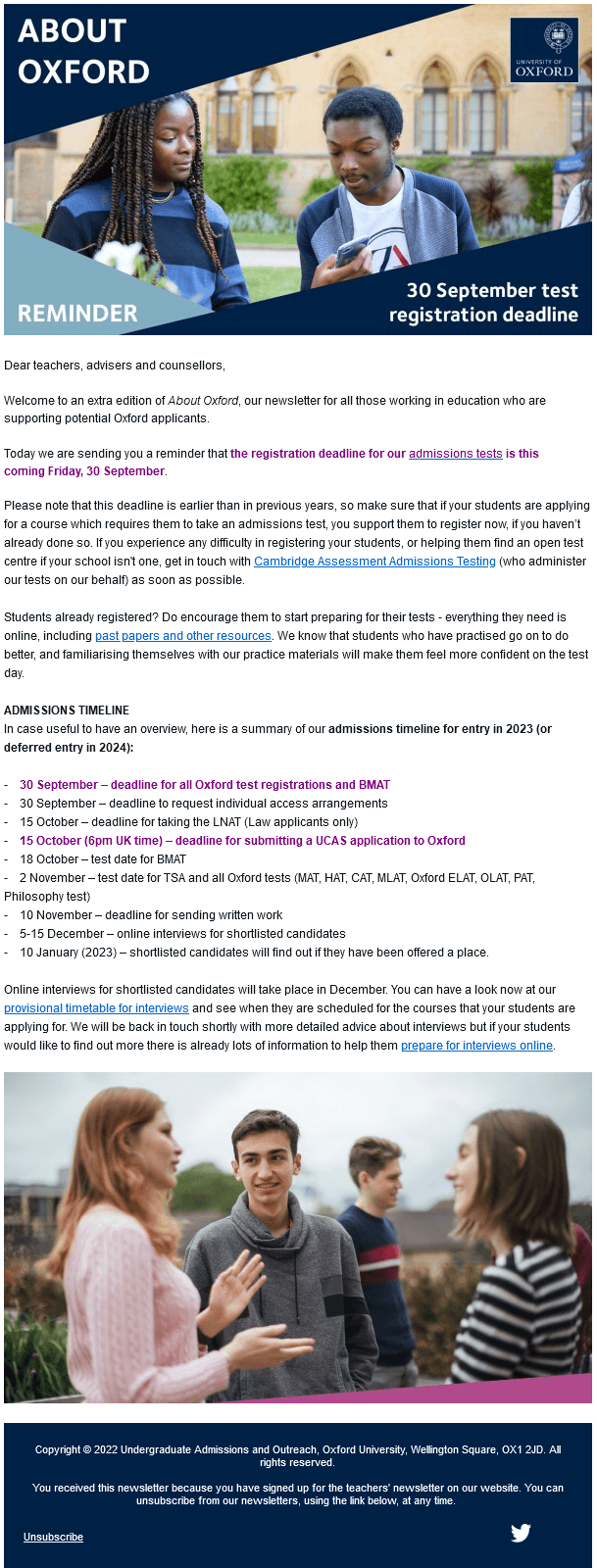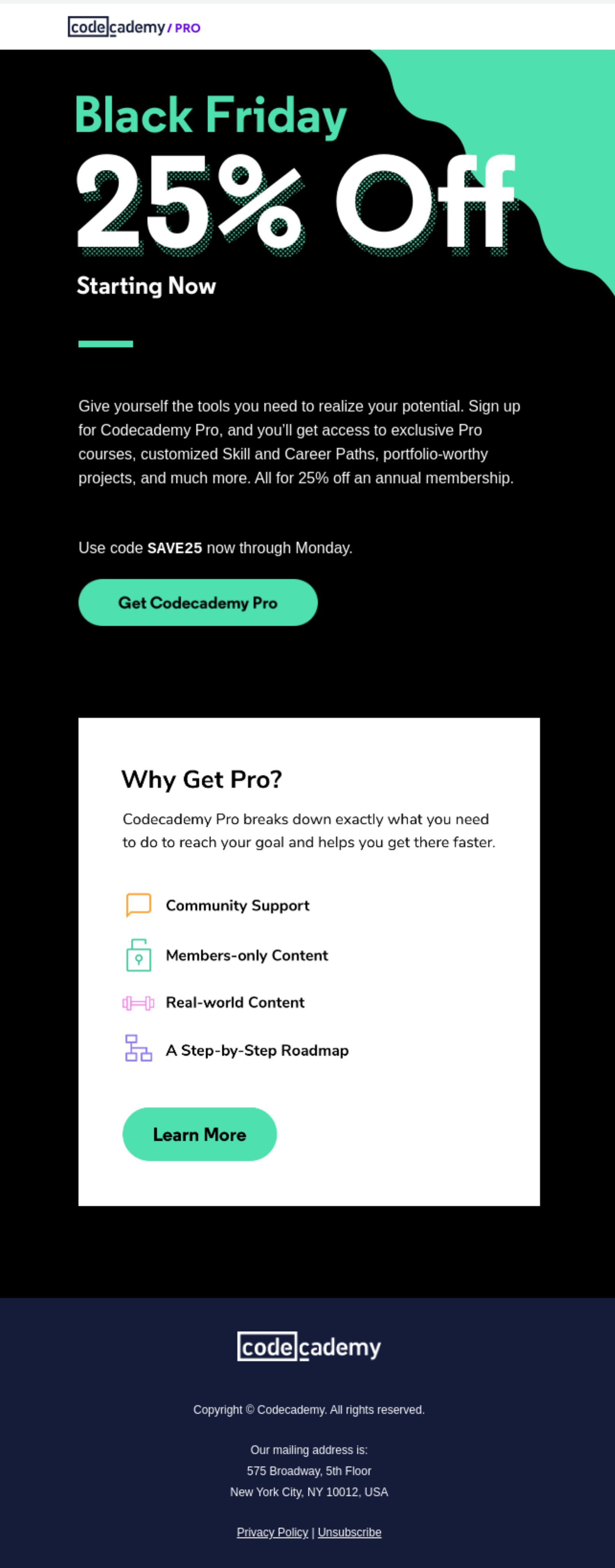The benefits of using educational email templates
To begin with, let’s establish what educational email templates are. In short, they are pre-designed email layouts meant to be used by educational institutions. They can bring a plethora of benefits to the table.
Here are some of the most important ones:
Increased productivity
Using email templates can help you save a lot of time. You won’t have to create an entire email layout from scratch every time. Instead, You just choose one that you like, fill it out, and hit the send button. Later, you can just re-use it.
Consistent branding
Another significant advantage of using email templates is that they help you maintain a consistent brand image. By consistently using the same color scheme, font, and logo, you make it easier for people to recognize your emails at first sight. This is vital if you want to establish a strong rapport with your target audience.
Reduced margin of error
When you create an email layout from scratch, there is always a chance that you will make a mistake. For example, you might make a typo or forget to add an important link in the header. On the other hand, when you use a template, the margin of error is significantly reduced. All you have to do is fill in the blanks, which leaves much less room for mistakes.
Improved subscriber experience
If you have never designed an email before, doing so from scratch might prove to be challenging. Luckily, using a template can help you create an email that looks professional and is easy to navigate. This is bound to have a positive impact on the recipient’s experience. To give an example, imagine that your template has a clearly visible call to action button. With such a button, the recipients of your emails will find it easier to make donations or sign up for guest lectures.
